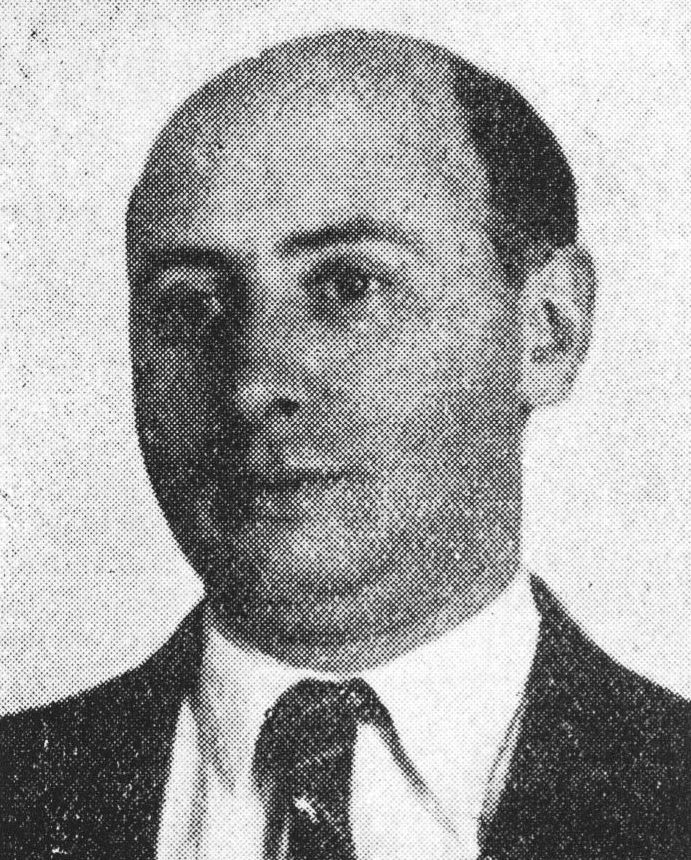Robert PIKELNY
January 3, 2019Joseph PRESSMANE
January 3, 2019Paul PITOUM
TAGANROG (UKRAINE) 1896 – FRANCE 1940
Paul Pitoum studied painting at a school in his hometown and exhibited his work for the first time in Rostov, a city near Taganrog. As an actor, he took an interest in theater. In 1921, as he decided to travel around Europe with a troupe, the latter wound up and he turned towards theater set designing. That same year, he became a set designer for La Scala in Milan. In 1922, he was in Berlin and continued to work for a Russian troupe. Paul Pitoum then went on a series of trips to Belgium, Algeria, and France. He settled in Paris in 1923. In 1936, he worked as a set designer for the Francois 1er film studios. He produced posters for Russian cinema, and worked on the Soviet pavilion project for the International Exhibition in 1937. In 1939, Paul Pitoum was arrested and interned in a political prison camp. He died of a stomach ulcer on July 5, 1940.
Stories of Jewish Artists of the School of Paris 1905-1939
FRENCH-ENGLISH
Capitale des arts, le Paris des années 1905-1939 attire les artistes du monde entier. De cette période de foisonnement, un terme est resté, celui d'Ecole de Paris, qui recouvre une grande diversité d'expression artistique. Dans ce brassage dont Montparnasse est le creuset, un groupe se distingue : celui des artistes juifs venus de Russie, de Pologne et d'Europe centrale. Si leurs styles sont variés, un destin commun les rassemble : ils fuient l'antisémitisme de leur pays d'origine. Certains ont connu la célébrité dès les années 1920, tels Soutine, Lipchitz ou Chagall. D'autres n'ont pas eu le temps ou la chance d'y accéder. Près de la moitié a péri dans les camps de concentration nazis.
From 1905 to 1939, Paris attracted artists from all over the globe as the capital of the art world. This period of artistic proliferation became known as the School of Paris, and includes a great diversity of artistic expression. Within the teeming art world centred on Montparnasse, one group set itself apart: Jewish artists from Russia, Poland, and Central Europe. Although their styles were diverse, they shared the common fate of fleeing anti-Semitic persecutions in their home countries. Some became famous in the 1920s, such as Soutine, Lipchitz, and Chagall, while others did not have the time or the luck to gain renown. Nearly half of these artists died in Nazi concentration camps.





